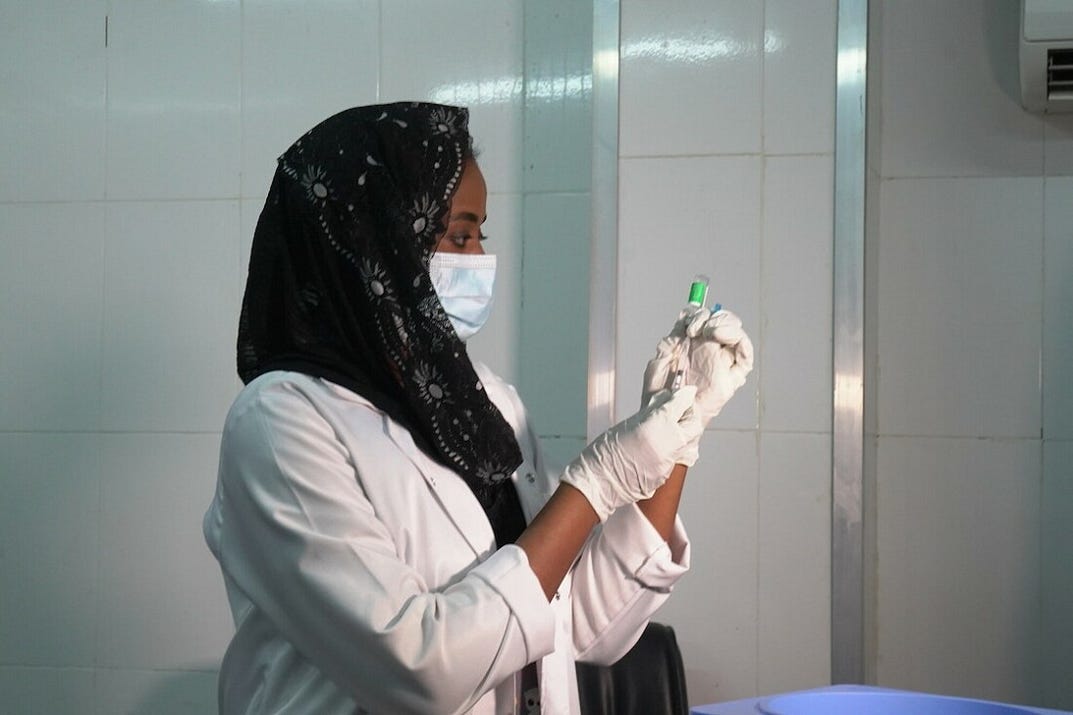The Health Strategist
by Joaquim Cardoso MSc
December 4, 2021
This article is inspired and based on the post by Seth Berkley
CEO at Gavi, the Vaccine Alliance, on his linkedin account, with the title “There’s Only One Way to Stop the Emergence of Variants Like Omicron”.
After reading Berkley´s article I was curious about how many people are not yet vaccinated in the world, and went to check it on the Our World in Data site.
The statistics according to OurWorldinData (1) are the following (in percentage numbers)
- 54.9% of the world population has received at least one dose of a COVID-19 vaccine.
- 8.14 billion doses have been administered globally, and 34.41 million are now administered each day.
- Only 6.2% of people in low-income countries have received at least one dose.
How many people are not yet vaccinated in number of people?
The current world population is 7.9 billion as of December 2021 [1] according to the most recent United Nations estimates elaborated by Worldometer. The term “World Population” refers to the human population (the total number of humans currently living) of the world. [2]
Multiplying the 7.9 billion people by 45,1% (The number of people not yet vaccinated, considering that according to Our World in Data the percentage of vaccinated people is 54,9%).
The result of the calculation is that 3.5 billion people (in round numbers), are not yet vaccinated.
This bring us back to the question:
How the leaders of the rich countries expect to control the Pandemic, if 3.5 billion people are not yet vaccinated yet? Not even with a single dose.
Joaquim Cardoso MSc
References:
(1) https://ourworldindata.org/covid-vaccinations
[2] https://www.worldometers.info/world-population/
Note from the Editor of the Blog:
Please, find below a republication of the post by Seth Berkley
CEO at Gavi, the Vaccine Alliance, on linkedin.
There’s Only One Way to Stop the Emergence of Variants Like Omicron
Linkedin
Published on December 1, 2021
Seth Berkley
CEO at Gavi, the Vaccine Alliance
There are still more questions about the Omicron variant than answers.
While the mutations identified suggest it has the potential to be more resistant to vaccines, invade cells more efficiently and be more transmissible than other variants, it may also turn out to cause less severe disease or it could just simply fizzle out. However, what it does tell us is that so long as there are large populations of unvaccinated people enabling the virus to spread and mutate unabated, worrying new variants of concern like this will continue to emerge. Once again, as borders close and stock markets tumble, it tells us that this crisis is far from over, and without dramatic course correction, will go on for some time.
Given the rising levels of infection, the global shortage in ICU beds, the resumption of lockdowns and the riots, that much should already be obvious.
And yet there is a growing perception — particularly in countries with high vaccine coverage where life appears to be returning to something close to normal — that COVID-19 has somehow become or is close to becoming endemic. That in itself is a concern, but a bigger worry now is that Omicron will trigger a knee-jerk response and a repeat of past mistakes. If the priority becomes to provide variant-specific boosters for people who are already protected, diverting efforts and resources from getting first doses to the 3.6 billion people who are still unvaccinated, then we could face a seemingly endless cycle of resurgences and new variants.
If, as now seems likely, we won’t be able to eliminate this virus entirely, then the COVID-19 endgame will indeed mean that it eventually does become endemic
— ever present, but with stabler and much lower levels of transmission and infection, much like flu.
When that does happen, regular boosters will no doubt become the norm. But we are not anywhere near that stage yet.
So, while it is encouraging and important that manufacturers are already working on Omicron-specific boosters, this cannot come at the expense of protecting those still most at risk, particularly those at highest risk, namely people who are still not vaccinated.
At this stage in the pandemic, COVID-19 has effectively become a disease of the unvaccinated.
Because up until now vaccines have been incredibly effective at preventing severe disease and death, even against variants that have shown some resistance to vaccines like Delta. With Omicron it’s possible that that effectiveness could be reduced with existing vaccines, while boosters may offer some enhanced protection. But even if that is the case, what is likely to have the most impact on the pandemic: providing additional protection through third or fourth shots to people who are already at an extremely low risk or pouring efforts into reaching the billions of people who have still not had their first shot?
Originally published at https://www.linkedin.com.












